Choosing the right siding for your Philadelphia row house is like giving it a personality makeover. Philadelphia has employed various traditional siding materials over the years, including brick, stone, wood, and stucco. In recent years, other materials, especially vinyl siding with its low-maintenance coolness, have taken over the scene. However, there are many different siding materials out there.
Have you ever wondered how these materials can transform your row house into a style icon? From the classic durability of brick to the modern flair of vinyl, let’s dive into the top 10 siding picks! Which one will give your rowhouse that perfect Philly charm? Let’s find out!
1. Natural Wood
Nothing beats the warmth and character of natural wood siding. Its warmth and authenticity make it a popular siding material for those aiming to maintain the historical aesthetics of their homes. Cedar, redwood, and cypress are all popular choices, offering durability and timeless beauty.
One of the best things about wood siding is its versatility. You can stain or paint it to match any style you like. Do you want shingles or vertical boards? No problem! It also comes in different arrangements, like shingles and vertical boards, to create a unique look for your home.
While wood siding looks great, being aware of the risks is essential. Wood is a combustible material, which means it can catch fire easily. Wood siding also requires more maintenance than other types of siding. You must repaint it every few years to keep it looking its best and protect it from the elements. If you are not up for the upkeep, there might be better choices than wood siding.
Wood Siding
2. Engineered Wood
If you love the natural look of wood but want a more affordable option that stays strong, engineered wood is an excellent choice for siding. Engineered wood siding is energy-efficient and cost-effective. It resists water, warping, fungus, pests, and mildew and doesn’t easily chip or fade.
While this siding is durable, exposed cuts or edges can weather and decay over time. It also doesn’t have the same authentic variations as natural wood grain. Regular maintenance and painting every 5 to 10 years allows your engineered wood siding to last between 20 and 30 years.
Engineered Wood Siding
3. Brick
A true Philly classic, brick siding is like the signature look of the city’s row houses. This classic siding material exudes undeniable charm, offering a timeless elegance that never goes out of style. But beyond its good looks, brick siding has a lot of practical benefits that make it a Philly favorite.
It doesn’t need regular repainting or touch-ups. Sun? Rain? Snow? Brick is resistant to all of them. It stands strong for about 100 years. Yes, your brick siding might last longer than you!
Another added benefit is that it can significantly increase your home’s value compared to other materials. Made from natural clay and shale, brick has a minimal carbon footprint and is both recyclable and biodegradable.
Now, all this amazingness is costly. Brick is one of the most expensive siding options out there. Not only are the bricks themselves costly, but you will also need additional materials like a waterproof membrane to ensure optimal performance.
Brick Siding
4. Brick Veneer
For those desiring the appearance of brick without the total commitment, brick veneer provides a cost-effective alternative. It gives you the traditional brick appearance and is faster to install. Plus, it’s more energy-efficient than regular brick, providing better insulation and less moisture seepage.
However, it might not pass as a solid brick when closely examined. Don’t expect the same durability since you pay less than actual brick. It’s not as sturdy and can crack more easily. You still need to worry about fire, pests, and rot. It also requires more maintenance than brick. You must regularly check and clear the weep holes, inspect caulk joints yearly, and tackle invasive plant growth.
Brick Veneer
5. Stucco
Craving that Mediterranean feel? Stucco is the perfect solution. This textured plaster finish comes in various colors and styles.
Stucco is a durable siding material made from cement and sand. It’s energy-efficient and low-maintenance, helping homeowners save on monthly utility bills due to its excellent insulation. However, it’s important to note that stucco can develop cracks over time, requiring occasional repairs.
While stucco is ideal for dry climates, there may be better choices in wet or damp areas. It’s a long-lasting and affordable siding option, but we don’t recommend it for Philadelphia row houses due to the climate.
Stucco
6. Stone
Stone stands out as one of the most rigid siding materials around. Whether it’s granite, limestone, slate, or other types, stone is beautiful and resistant to weather elements. Stone siding is environmentally friendly and can last 100 years or more.
However, the undeniable advantages of stone siding come with a cost. The initial material expense is typically higher than other siding options, often by a considerable margin. Also, it is considerably heavy. You will need to evaluate the building’s structure before installation to ensure that it can handle the weight without the risk of damage. Additionally, due to the complexity of installation, professional expertise is essential, adding to the overall costs. However, the payoff is evident as stone siding retains its natural and attractive appearance for decades with minimal maintenance.
Stone
7. Stone Veneer
Natural stone is stunning and strong, but it can be pretty expensive. For Philadelphia row houses, stone veneer siding brings a touch of luxury without the hefty price tag. It mimics the look of natural stone but at a much lower cost.
Stone veneer comes in lightweight panels, usually weighing around 11 pounds or less. These lightweight panels reduce the overall weight placed on your home’s structure, lowering the risk of potential damage. Although it may not match the exact durability of natural stone, stone veneers made from concrete still provide solid durability, but they can break more easily. However, your stone veneer siding can last between 20 and 75 years.
Stone Veneer
8. Fiber Cement Siding
Are you looking for a modern take on a classic look? Fiber cement siding mimics the look of wood or brick but has the added benefits of being fire-resistant, insect-proof, and low-maintenance. It’s an excellent option for those seeking a hassle-free solution.
Fiber cement siding is known for its durability and low maintenance, making it a practical choice. It can imitate the appearance of different materials, offering homeowners various design options. However, it’s important to note that it’s an expensive material requiring professional installation.
For more detailed information on fiber cement siding, check out our article: Fiber Cement Siding: A Perfect Alternative to Traditional Siding Materials.
If you own a Philadelphia row house and are curious about how fiber cement siding fits in, look at our guide: Innovative Facade Renovation for a Typical Philadelphia Row House.
Fiber Cement Siding
9. Vinyl Siding
Vinyl siding is a top choice for homeowners in North America due to its low cost and exceptional durability. It is the most common siding material in Philadelphia. It’s versatile, easy to install, and needs minimal maintenance, making it perfect for those with a practical mindset.
This type of siding can be easily installed over almost any existing surface, including brick or stucco. Simple cleaning is all it takes to prevent mold growth and remove dirt, keeping it low-maintenance.
However, drawbacks include its tendency to fade, crack, and break. Also, if you want to renovate your building’s facade, applying vinyl siding over high-quality materials, such as brick or stone, can devalue a property.
For a detailed guide on installing vinyl siding for a Philadelphia row house, check out our article: How to Install Siding on a Rowhouse Second Floor Bay Front: Step by Step.
Vinyl Siding
10. Metal
Metal siding brings a modern touch to an old row house with its clean lines and sleek finish. Plus, it’s incredibly durable and resistant to weather elements. It stands up to wind, rain, and snow, and unlike its wood or vinyl counterparts, it will not crack, rot, or fade quickly.
Metal siding, typically made from steel or aluminum, is popular for modern home exteriors. Aluminum siding, in particular, stands out for being lightweight and cost-effective.
But metal isn’t just rigid; it’s also versatile. Do you want rounded corners or edgy angles? Metal can bend to your will. This versatility opens up a whole world of design possibilities, making your Philadelphia row house stand out.
But before choosing this material, there are a few things to keep in mind:
- It can be noisy during a rainstorm.
- It will not break easily, but a bad hailstorm could leave some dents.
- Metal siding can be painted, but it may need retouching later on.
Metal Siding
Siding Materials Comparison
For a quick comparison between all the siding materials we discussed above, take a look at the below table:
| Siding Material | Pros | Cons |
| Natural Wood |
|
|
| Engineered Wood |
|
|
| Brick |
|
|
| Brick Veneer |
|
|
| Stucco |
|
|
| Stone |
|
|
| Stone Veneer |
|
|
| Fiber Cement Siding |
|
|
| Vinyl Siding |
|
|
| Metal |
|
|
Conclusion
Choosing the right siding material for your Philadelphia row house is like picking the perfect outfit for your home. You want something that looks sharp, suits your style, and stands the test of time.
So, where do you start? Well, it all comes down to a few key factors. Consider your budget, maintenance needs, aesthetic preferences, and historical preservation guidelines. With so many great options, you will find the perfect siding for your Philadelphia row house.
No matter what you choose, remember that your siding is more than just a pretty face. It’s also your home’s first defense against the harsh Philly weather. So, pick something that’s both stylish and tough.
If you are feeling overwhelmed by all the choices, don’t worry! We at Matrix Company Solutions Corp. are here to help. We are the renovation experts of Philadelphia and New Jersey and know everything about siding. So, call and let us assist you in finding the perfect siding to make your row house the star of the street! Contact us today to get started!

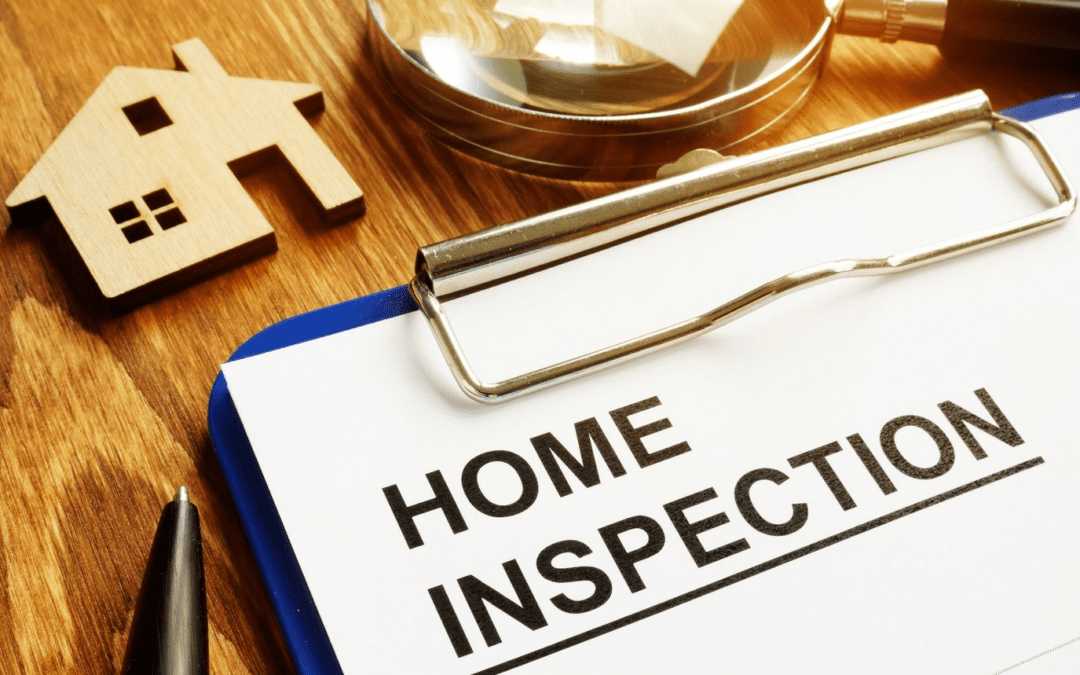
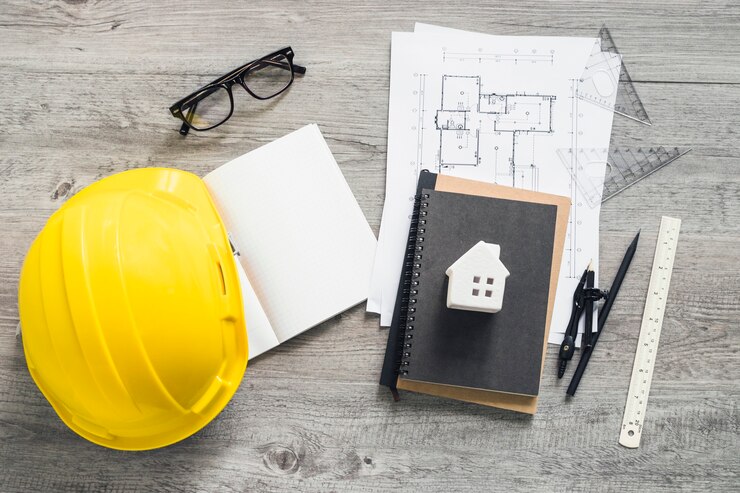

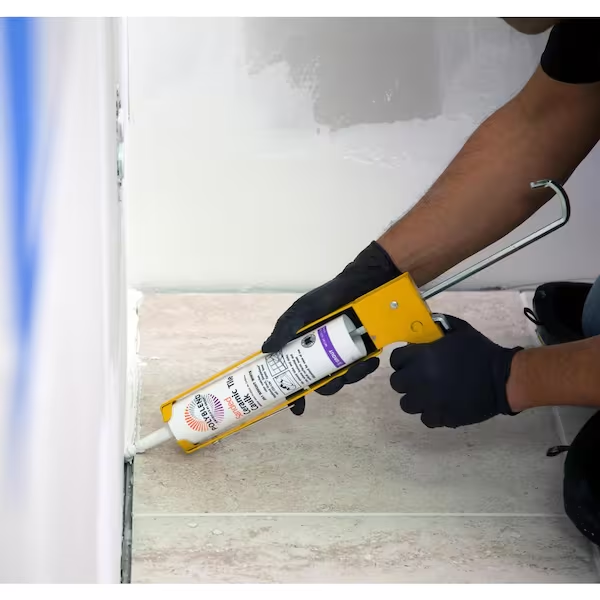

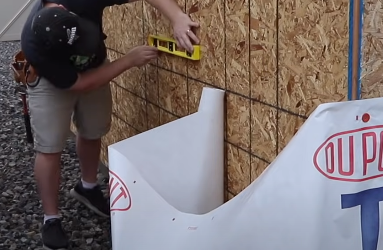
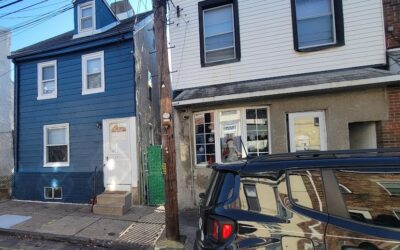

0 Comments